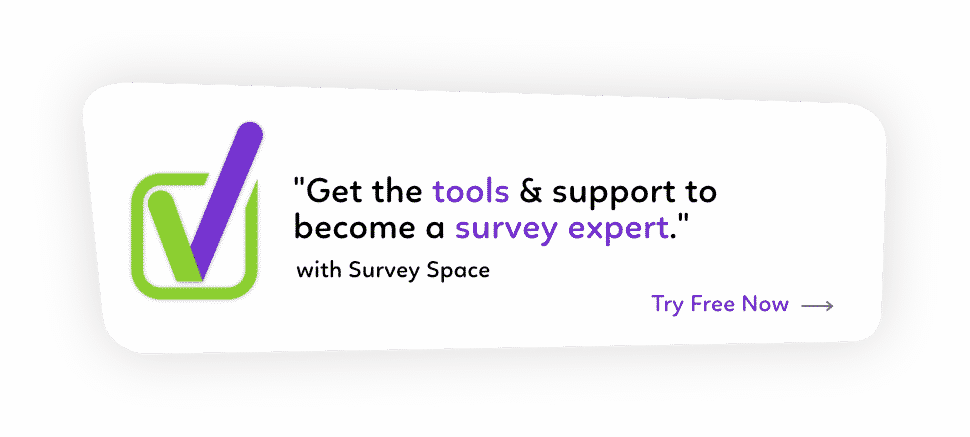
Informed survey consent: some guidelines
you should understand the issue of getting informed survey consent from your survey respondents. It may end up making the difference between getting data that’s usable or data you have to eliminate from your project. Considering survey consent is an important aspect of engaging survey recipients.
What is informed survey consent? When should you get it? When do you have to get it? How do you collect it?
We’ll answer those questions and more in this article.
What is informed survey consent?
For surveys, informed consent is your respondents’ explicit agreement to submitting their data via your survey.
Who should be concerned about informed consent?
Anybody who gathers someone’s personal information should include informed consent questions on surveys they publish.
This includes academic institutions, institutional researchers, employers, or any other organization. Personal information means information about someone’s personal identity, health, or financial history.
What does ‘informed’ mean?
The potential survey participant needs to know all of the procedures, benefits and risks associated with taking part in the project. Once they understand the complete situation they are ‘informed’.
If they then agree to continue with their participation in the project, they have given you ‘informed consent’.
Six pieces to the informed consent puzzle
We recommend that your informed survey consent document has six parts:
- Survey overview
- Expectations
- Risks and benefits
- Confidentiality and privacy
- Contact information
- Data use.
Let’s look at each of these areas in detail.
1. Survey overview
This section should introduce the potential respondent to your project. It should include:
- A short overview of the topic
- The purpose and goals of the survey
- A list of supporting or participating organizations and institutions
- Details about the length of the survey
- The estimated time it will take to complete, or an indication of the number of questions included
- What happens after it’s completed.
2. Expectations
This section tells the potential respondent what expectations you have of them. This could include:
- To participate in a session to review and discuss the results
- To receive follow up email advices
- To take care when writing free text responses
- The tools or resources they need to complete the survey
- The estimated time involved in completing the survey.
3. Risks and benefits
This section should paint a full picture of how the respondent might benefit from taking the survey. And it should also include the risks they are exposed to by participating. This could include details about:
- Any incentives you are offering for survey completion
- The need to take care when responding to free text questions
- Any less tangible benefits like early access to publications that include the survey results.
4. Confidentiality and privacy
People are generally becoming more concerned privacy matters. Your informed consent document should therefore include information about:
- How you will store their data, and for how long
- Who will have access to it
- How you will handle confidentiality
- Options for alternate ways to provide contact information for the purposes of compensation or incentives, if necessary
5. Contact information
People will always have questions later. Make it easy for them to reach you! In this section, provide contact information such as your:
- Email address
- Phone number
- Mailing address.
6. Data use
Inform the potential participant about how you will use the data you are collecting. Will the data be:
- Kept completely confidential?
- Published?
- Published as submitted or aggregated/cleansed?
- Made available to other people?
- Something else?
This will help the respondent to decide whether they would like to participate.
Informed? Check.
Now that you have informed your potential survey respondent about everything that might impact them, you need to get their consent.
There are two ways do that that. You can do it implicitly, or explicitly.
What is implicit consent?
Implicit consent is when you tell participants that just by completing the project they have given their consent. Completion implies agreement. If they didn’t agree, they simply wouldn’t have filled out the survey.
While this removes a question or two from your survey it does leave a little wiggle room for doubt should any questions arise. The participant didn’t actively do something specific to indicate their consent. While unlikely to cause problems, it could.
What is explicit consent?
Explicit consent is when you specifically agree to something.
You can use consent-specific questions that allow participants to indicate they understand what’s being asked of them and agree to it.
Having some extra questions on the survey is usually better than having a separate consent form for participants to sign. If you add more forms, you will reduce your response rate. And by including it, then the consent is submitted at the same time as the survey.
Implementing explicit informed consent on a survey
In web-based forms, radio buttons are a group of options that only allow one selection. (Fun fact: Radio buttons are named after vintage automotive radios that have several buttons for stations but allow only one button to be “pushed” at a time.)
For consent, we want either a Yes or No from users of our survey. Radio buttons here are a logical choice.
The consent question should be worded in a plain, understandable fashion. Here’s an example:
‘I understand the intent, risks, and benefits of this survey and consent to providing my information for the stated use.’
Options for answers should be Radio Buttons for Yes or No.
Answering Yes should allow the user to continue to the rest of the survey.
Answering No should redirect them out of the survey (but still provide a thank-you page for their time).
Go forth and survey!
Now that you know how to get informed consent from your respondents, you can go and create great surveys. Informed consent is about more than just meeting a legal requirement: It makes your respondents more comfortable, knowing that you care about their privacy.
Need help?
Let us know your questions and we can help at Survey Space.




